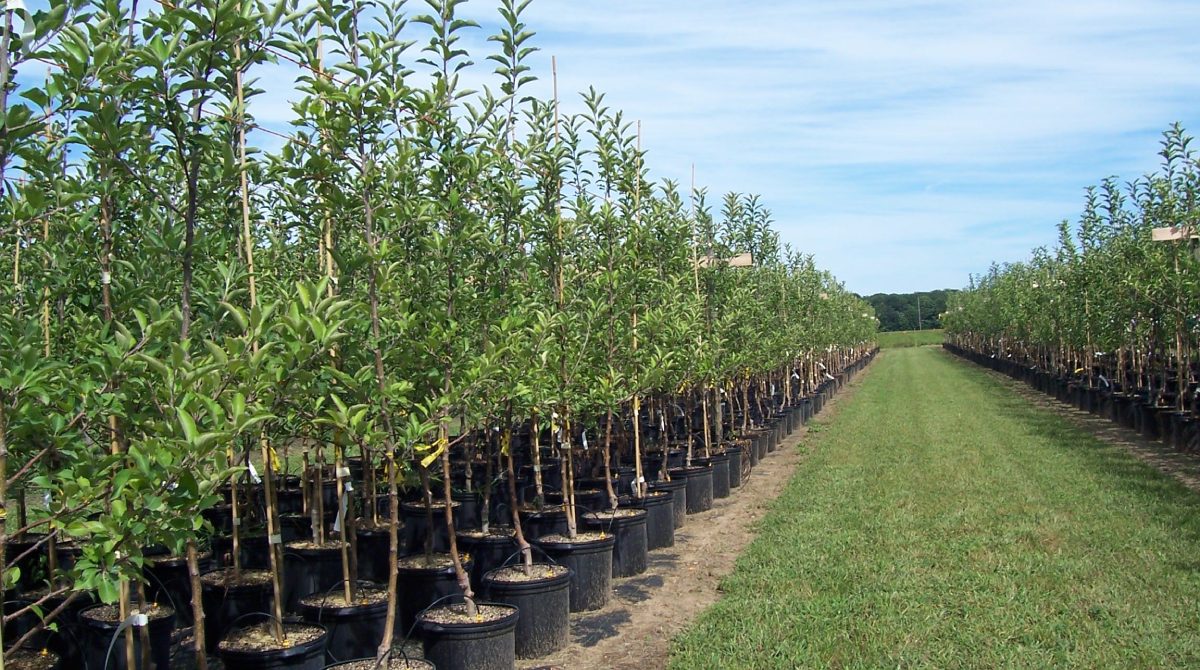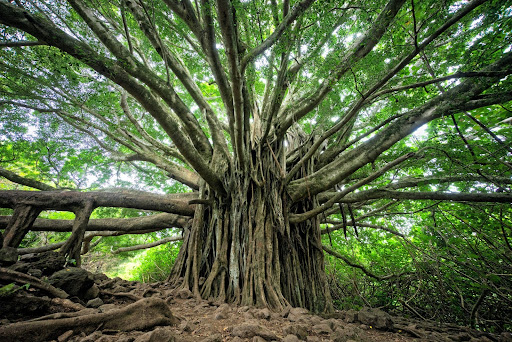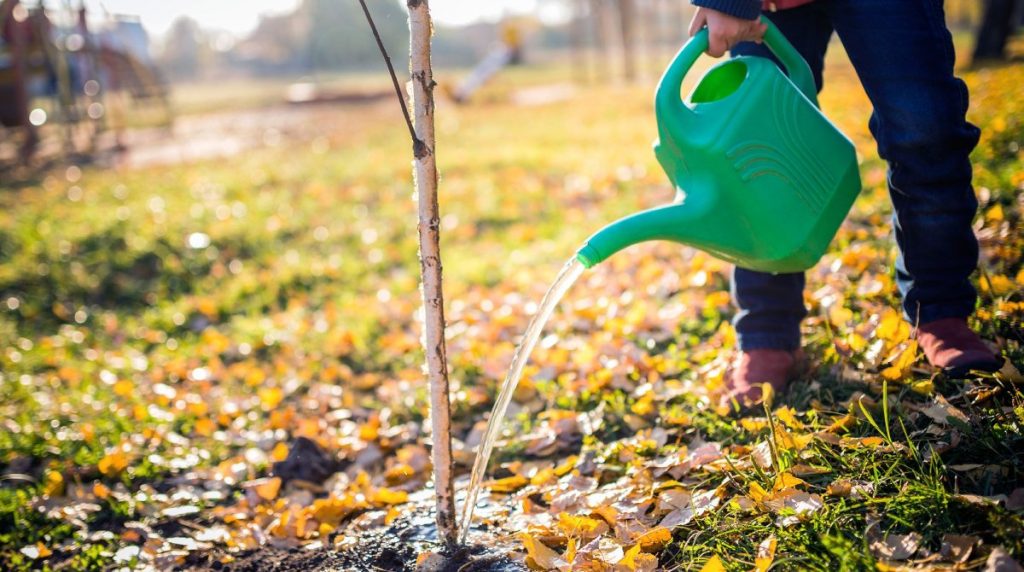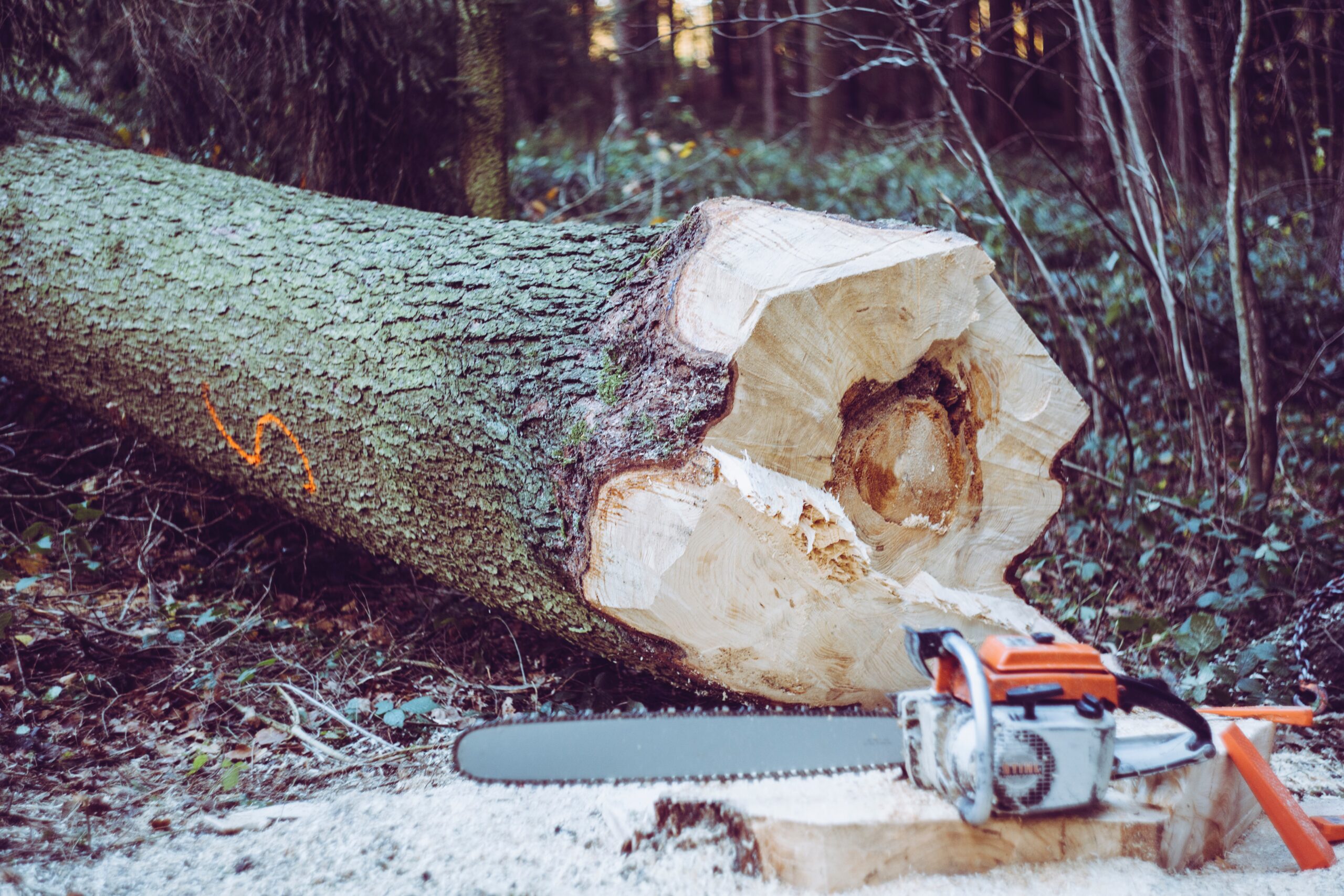
Date September 04, 2023
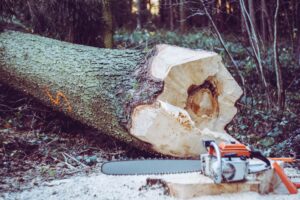
Trees in the Midst of Urban Growth
As urbanization sweeps across landscapes, a silent struggle ensues between our towering constructions and nature’s age-old giants – the trees. The dance of coexistence between trees and modern development is delicate, often leaning heavily in favor of the latter. Understanding the profound impacts of construction on trees is not just an ecological concern but a societal one, painting a clearer picture of the price we pay for urban advancement.
Planning a construction project and concerned about the trees on your property? At TreeNewal, we understand the delicate balance between development and nature. With our deep expertise in managing ‘Construction and Trees’ scenarios, we’ve been assisting clients in the Dallas and Fort Worth Metroplex since 2017. Let us help you pave a green path for your project. Partner with us today, and ensure a sustainable and tree-friendly construction process.
The Unintended Consequences of Construction on Trees
- Soil Compaction: A major unseen consequence of construction is the compaction of soil. Heavy machinery, constant movement, and storage of materials push down on the ground, squeezing out spaces that once held air and water – crucial for tree root health and function. Compacted soil leads to stunted root growth, reducing a tree’s access to essential nutrients and water.
- Root Damage: Beneath every construction site lies a complex network of tree roots, often stretching far beyond the tree’s visible canopy. These roots can be easily damaged by excavation, trenching, or simply by the weight of construction equipment. This unseen damage compromises the tree’s stability and nutrient uptake.
- Physical Injury: Above the ground, trees face threats from machinery, misplaced hits, or abrasions from construction materials. Bark injuries can expose the tree to infections and decay, leading to long-term health problems.
- Environmental Stress: Construction projects often alter the natural drainage patterns, sometimes leaving trees with either too much water (drowning the roots) or too little. Moreover, increased heat from exposed surfaces and altered light patterns can stress trees, reducing their ability to photosynthesize effectively.
The Chain Reaction: Long-Term Effects on Trees and Ecosystems
- Decreased Longevity: A tree under constant stress from construction damage tends to have a reduced lifespan. Trees, which could have stood tall for centuries, might find their lives cut short by decades, if not more.
- Habitat Destruction: Trees are not standalone entities. They provide habitat and sustenance to a myriad of wildlife. Damaging or removing trees during construction directly impacts these dependent species, leading to reduced biodiversity.
- Climate Implications: Trees play a pivotal role in combating urban heat islands – areas in cities that experience significantly higher temperatures due to human activities. By offering shade and through the process of transpiration, trees cool their surroundings. Additionally, trees sequester carbon, helping mitigate climate change. Construction-induced tree damage or loss can exacerbate local temperature spikes and contribute to global climate challenges.
Case Study: Cities Where Construction Led to Significant Tree Loss
Beijing, China: Amidst rapid urbanization and preparations for events like the 2008 Olympics, Beijing experienced significant green cover loss. The rapid infrastructure development, combined with pollution stress, led to a decline in the city’s tree population, subsequently affecting the city’s air quality and heat levels.
São Paulo, Brazil: São Paulo’s unprecedented growth over the past few decades has put immense pressure on its green spaces. The city, which is grappling with its urban heat island effect, has witnessed a decline in native tree species due to construction projects and urban sprawl.
Understanding the nuanced relationship between construction and trees is pivotal for sustainable urban development. As we forge ahead into the future, it’s essential to consider the silent giants that have stood sentinel for years and ensure that progress doesn’t come at the cost of nature’s invaluable resources.
Paving a Greener Path
Proactive Tree Preservation During Construction
- Pre-Construction Tree Assessment: Before laying the foundation or rolling in the heavy machinery, it’s imperative to evaluate which trees can and should be saved. An assessment can determine the health, age, and significance of trees on the site, guiding decisions about conservation or relocation.
- Root Protection Zones (RPZs): One of the best defenses against root damage is the establishment of RPZs. These are boundaries set around trees to prevent construction activities within a certain radius, ensuring that the critical root zone remains undisturbed.
- Employing Tree-Sensitive Construction Techniques:
Use of lighter machinery near trees.
Installing protective barriers around trees.
Scheduling construction in phases to minimize extended disturbances.
Post-Construction Care and Monitoring
- Regular Check-ups: Just as we’d monitor a patient after surgery, trees require observation after construction. Check for signs of stress, discoloration, or decay to ensure they’re adapting well to their altered environment.
- Healing the Wounds:
-Mulching around the tree base to preserve moisture.
-Watering regimes to combat drought stress.
-Pruning damaged branches to promote healthy growth.
Innovations in Urban Planning: Incorporating Trees
- Green Building Standards: Modern architecture isn’t just about aesthetics. Green building certifications, such as LEED, actively prioritize tree preservation and integration in their scoring system, encouraging developers to think green.
- Pocket Parks and Urban Forests:
-Repurposing vacant lots or underused spaces into green oases.
-Designing urban forests as centers for biodiversity and community gathering. - Rooftop and Vertical Gardens: As cities reach for the skies, so do our gardens. These green installations not only beautify spaces but also aid in temperature regulation and air purification.
FAQs
- Q1: Can trees recover from construction damage?
-Yes, trees have remarkable resilience. However, recovery depends on the extent of damage, tree age, species, and post-construction care. - Q2: How can construction projects prioritize tree preservation?
-By integrating tree preservation into initial site plans, using tree-sensitive construction methods, and emphasizing collaboration between arborists and developers. - Q3: Why is tree preservation critical in urban development?
Trees enhance air quality, regulate temperature, provide habitat, and offer mental health benefits. Their preservation is essential for sustainable urban living.
Constructing with Conscience
In our relentless pursuit of progress, let’s not forget the silent sentinels of our environment. As we build our future, integrating tree preservation into the heart of construction ensures that our urban landscapes flourish, not just structurally, but naturally too. Embrace proactive measures today for a greener, more harmonious tomorrow.
Exploring the challenges trees face during construction projects? Concerned about how to effectively mitigate them? TreeNewal is your solution. With our seasoned expertise, we’ve been addressing these challenges and providing proactive solutions to clients in the Dallas and Fort Worth Metroplex since 2017. Let’s work together to ensure construction and conservation coexist. Reach out to TreeNewal now and make your construction project tree-friendly.
